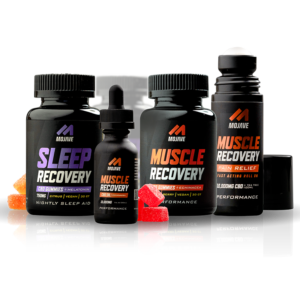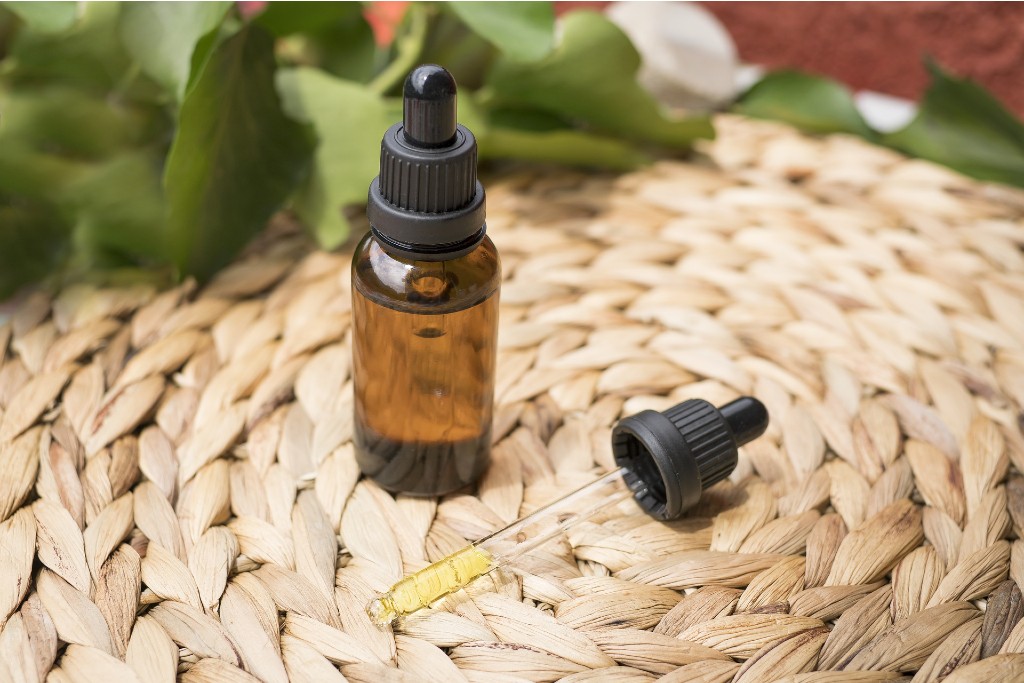What is the viewpoint of the FDA on CBD labeling
In January 2023 the FDA convened a high-level internal working group to explore potential regulatory pathways for CBD products. This group of experts concluded that “a new regulatory pathway for CBD is needed that balances individuals’ desire for access to CBD products with the regulatory oversight needed to manage risks“.
According to this same study, the FDA have not found adequate evidence to determine how much CBD can be consumed, and for how long, before causing harm.
Simply put, it is difficult to determine CBD labeling guidelines without further study. Reputable manufacturers look forward to clearer guidelines on both the labeling and use of CBD products. We also hope that these valid concerns by the FDA will help drive increased government research into the potential risks and benefits of CDB.
FDA General Guidelines for labeling CBD products
As detailed above, there is not a universal set of guidelines for labeling CBD products in the United States due to the fact that it is still an evolving market and subject to changing regulations. That being said, the FDA has released some general labeling guidelines regarding CBD products that conform to the basic standards put forward by the FDA for all health related supplements and medicines.
These include:
The FDA disclaimer
The label should include a disclaimer that the FDA has not evaluated the product and that it’s not intended to diagnose, treat, cure, or prevent any disease.
Accurate Concentration of CBD
The label should clearly indicate the amount of CBD contained within the product, often listed in milligrams (mg). This includes the total CBD in the package as well as per serving if applicable.
Ingredients
The label should include a complete list of ingredients.
Company Contact Information
The company’s name and contact information should be clearly visible on the packaging.
Batch or Lot Number
This helps with traceability in case of a recall or adverse event reporting.
Date of manufacture and/or expiry date
This is especially important for consumable products, including food, beverages, and capsules.
What about individual State CBD Labeling laws?
States that have licensed programs and medicinal cannabis also feature the strictest label requirements, such as those that are featured below. Since there is no federal regulation on CBD, manufacturers are left to create whatever kind of informational labelling they find fitting for their product. Most, however, choose to imitate labels that are already used for dietary products in an attempt to make it less confusing and intimidating for consumers.
Are there CBD Labeling Requirements at the State Level?
States that have licensed programs and medicinal cannabis often feature the strictest label requirements. No matter what the FDA or State governments recommend or mandate, responsible manufacturers will provide complete information and, as a minimum, follow the FDA suggestions.

Common Information Included in most CBD Labeling
Dosage
States with licensing or medical cannabis systems will usually set one dose of CBD to 10 mg, however there is no actual standard dose for CBD. Until the FDA and/or States come up with a universal standard you will need to do your own research or talk with your doctor about what dosage would work best for you. Keep in mind dosage will vary depending on your general health, weight, type of product, and a number of other factors.
Milligrams of CBD
Meaning one-thousandth of a gram, this measurement will tell you how many milligrams are found within the entire package of CBD. While this is very different from the serving size or what the actual dosage you will take is, it is an important factor in determining those numbers.
Serving size
The serving size will tell you what the common dosage for the product is. For instance, in a bottle of CBD capsules, the serving size might be 1 capsule. While this might not be the actual dosage you require, it is a starting point and also an important number in figuring out what dosage you actually need. This number indicates how many mgs of CBD are included in each serving, or capsule in the case of the example above. With this information you can determine how many capsules would be needed to meet your goals.
Servings per container
This is a quick and easy way to determine how many servings are in the package of CBD you’ve purchased. It’s also an excellent way to gauge how long one particular package of product will last you.
For example, our CBD tincture has 10,000mg of CBD oil. Each dose contains 333mg of CBD. This equates to 30 doses per bottle. If you take one dose per day the bottle will last you 30 days. Knowing this makes it easier to purchase up a sufficient amount for whatever desired length of time you want to stock your cabinets for.
Source of the CBD
Knowing where the CBD came from is extremely important, especially right now as the market is opening up and becoming inundated with products, some from unreliable sources. Your CBD product should come from a cannabis plant. You will probably find that most CBD comes from hemp, as it is grown specifically to have reduced THC levels (the compound that makes users feel intoxicated) and much higher levels of CBD. In fact, in order to grow hemp in the United States, it must contain less than 0.3% THC. At such low levels, users will not feel any psychoactive effects.
CBD Spectrums
When purchasing a CBD product, it’s also important to check the label to see which type of product you’re looking at. When it comes to CBD there are three main types of products, but keep in mind that since there are no federal regulations on the use of these terms, they may vary slightly or totally from product to product. Most CBD manufacturers will use these terms to help ease consumer confusion, but just be aware that you might come across some with varied wording.
The most commonly used terms are:
Full spectrum
This one contains other compounds besides just CBD. In full spectrum CBD you’ll also find trace levels of cannabinoids like CBG, CBC, and even THC. It also contains essential oils and terpenes.
Broad spectrum
While broad spectrum includes all of the essential oils and terpenes as full spectrum, it does not include the THC cannabinoid. It does, however, include all the other cannabinoids besides THC.
CBD isolate
This is the purest form of CBD, and the only one currently sold by MojaveRX. With all other cannabinoid compounds and terpenes removed you are left with almost totally pure CBD crystals.
Other Important CBD Labeling Information
The above information is what is commonly seen on CBD labels, even without federal regulation. However many products will also include the following in order for their customers to get even more information at a glance:
Batch and lot number
If you are purchasing CBD in a state that licenses cannabis or uses it medicinally, you’ll often see batch number information on the label. These batch numbers serve as a way to verify accountability and make it easier to manage a recall if necessary. Simply put, the batch and lot numbers tell where and when the product was made.
Manufacturing date
Like most products, CBD does degrade over time. If the packaging of your product shows a manufacturing date, it’s an excellent way to make sure you’re taking CBD that is still within its freshest timeline. Consuming old CBD is not beneficial and should be avoided.
License numbers
Again, if the cannabis product is being sold in a state that issues licenses for use, product manufacturers must print their license number on their labeling. This serves to distinguish them from unlicensed producers. When looking at the packaging, the license will usually just be a name and a series of numbers. You can actually use these numbers to look up the license for the manufacturer if you are so inclined.
Third-party certification
One of the most common types of certification is the Certificate of Analysis, or COA. This certification comes from an accredited testing lab and includes information about cannabinoid and terpene levels found in the product. Lab quality can vary, however, so make sure to pay attention to the date on the COA and avoid products that use old or recycled certificates.
Other ingredients
Most CBD products have other ingredients, like glycerin, colors, and flavors. While it is common to see these other ingredients, you should always review them to make sure they seem high quality and won’t cause potential allergic reactions.
QR codes
Some CBD manufacturers use QR codes as an easy way to link to more information about their product, be it more descriptive ingredient information or a link to view the certificate information for the item.
Warning labels
CBD can have drug interactions, so it’s always important to discuss options with your doctor before adding it to your treatment plan. Manufacturers know this and want to make sure consumers are making wise choices.
Contact information
One fast way to learn more about the CBD product you’ve picked out is to look for the basic contact information on the label. This will often include a business name, address, and website. Knowing exactly where your product came from and where to find the website for more information about the product or the company is essential.
Red Flags to Watch Out For
Faulty or Missing State Licensing: If the label does not look like a state-licensed label, or like one you’d see on food products, it’s best to avoid whatever product it’s stuck on. There are plenty of other options out there, you don’t need to risk it on one especially suspicious one.
False Claims: Another common sign of a bad product is if it claims to be CBD, but the label and ingredients make no mention of CBD or very vague CBD sourcing information. If this is the case, be wary. Some products that advertise themselves as “hemp extract” or “hemp oil” are simply that: oil made from hemp seeds. These products contain no CBD and unless you’re just looking for an oil to moisturize your skin, these products are not the therapeutic hemp-derived CBD products most people are in search of.
Final Thoughts on CBD Labeling
Until the U.S. Food and Drug Administration takes control of CBD regulation, labels will continue to be a delicate subject to master. Right now, it is up to the manufacturers to be honest about what’s in their product, and consumers to do their due diligence to ensure the product they are using meets their safety standards. Learning what should and should not be on labels is a very important first step in that process.
Disclaimer
The statements expressed on this website are purely opinion of the author and not factual. These statements have not been evaluated by the Food and Drug Administration. Any products referenced on this website are not intended to diagnose, treat, cure, or prevent any disease. It’s highly suggested to consult with your medical professional prior to any use of the products referenced on this website. This website and author specifically disclaim any liability in connection with the products contained on the website.

